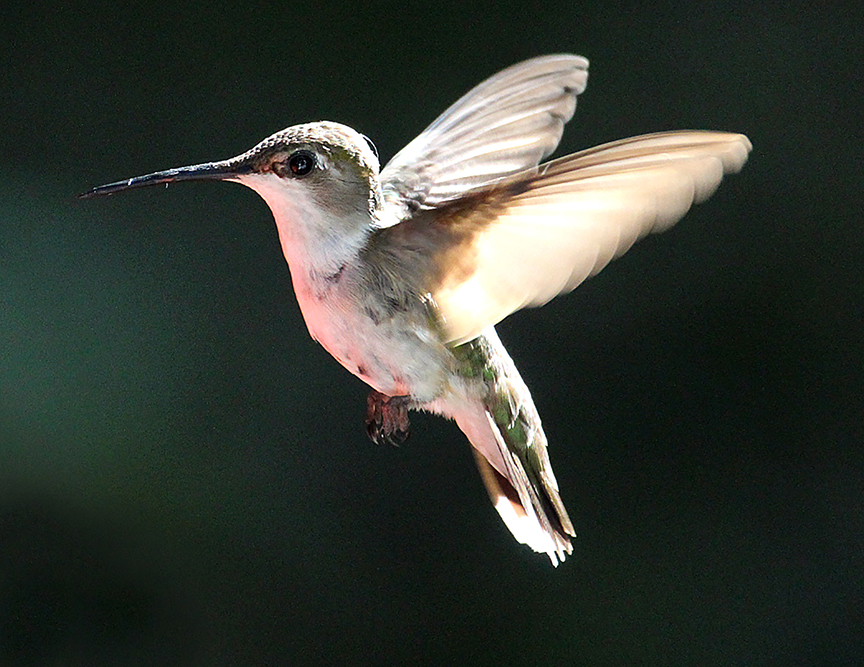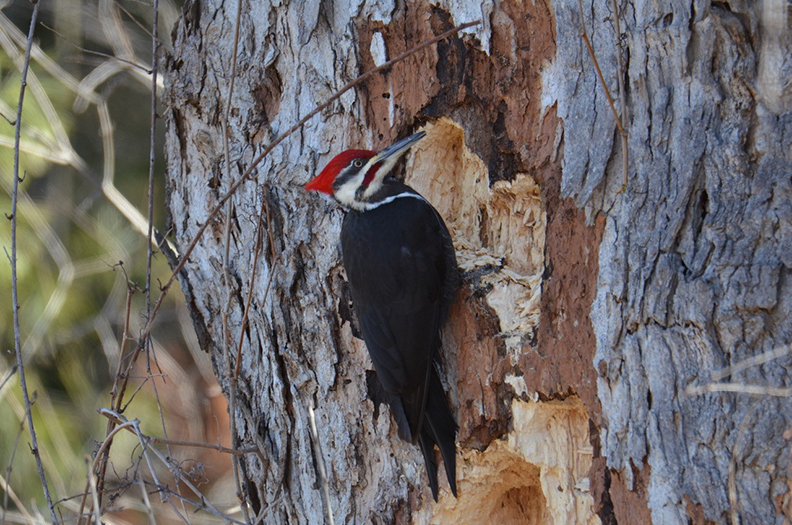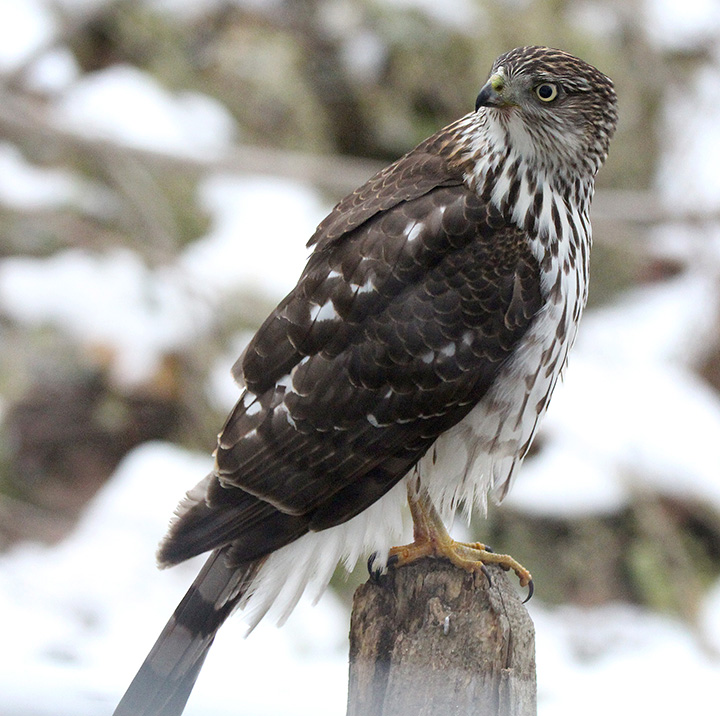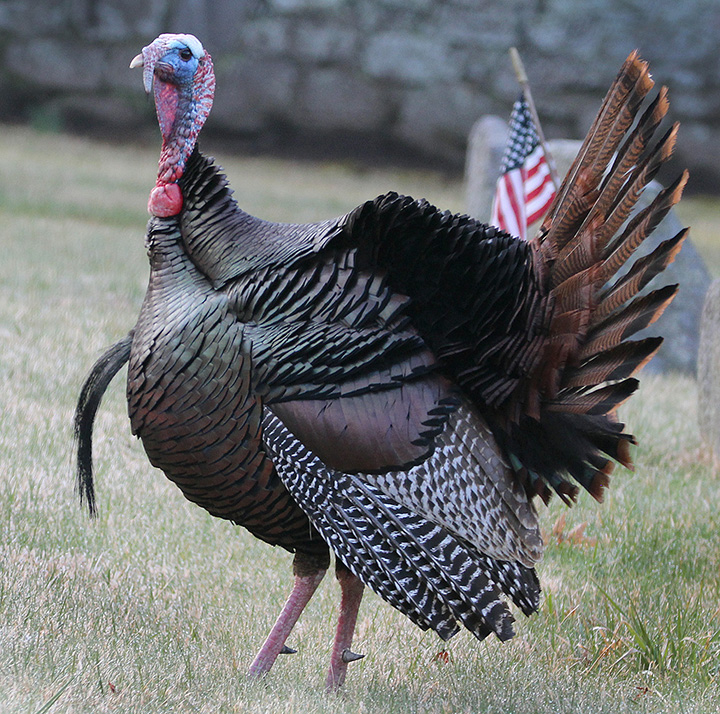Isaias No Match For These Birds

PHOTO: A female ruby-throated hummingbird hovers in a backyard in New England, August 2020. Photo by Chris Bosak

by Chris Bosak
Weirs Times Columnist
Tropical Storm Isaias really put on a show as it blasted its way through New England. Wind, rain and tornado warnings ruled the day last Tuesday as the storm packed a bigger punch than expected.
My sons and I stood on the screened-in porch and watched as 50 mph winds roared through the woods in the backyard. We ignored the occasional rain that wind gusts blew through the screen. Small maples bent like those inflatable tubes you see outside some businesses. Dead or dying ash trees threatened to topple and, indeed, many did throughout the neighborhood. We were lucky. At one point we heard the alarming sound of a huge tree or branch cracking. I was ready to scramble into the house for protection, but Andrew pointed out that the fracture was occurring in the woods safely away from the house. He pointed out a massive branch high around the top of a gigantic oak tree that had peeled away from the trunk. It never did fall as it got stuck among the canopy branches of nearby trees.
We lost power before 2 p.m. Tuesday and, as I write three days later, it hasn’t been restored. It may take a few more days as trees and power lines are down all throughout the neighborhood. We are hardly alone. More than a million households lost power throughout New England, including more than 700,000 in Connecticut alone.
It’s safe to say Isaias was a major event. I won’t soon forget the sights and sounds of the beast roaring through the woods and leaving a wake of destruction as it headed north. Through it all, believe it or not, my hummingbirds visited the feeder as if nothing was happening. I have three hummingbirds that visit daily: two females and one male. One of the females rules the roost and is constantly chasing the others away. She sat contentedly on the feeder as those 50 mph winds violently swayed the clothesline on which it hangs. The boys and I looked at the feeder every few minutes between marveling at the storm’s power. “Yup. She’s still there.”
Then the wind tangled the clothesline and sent the plastic feeder crashing to the ground. The top popped off and the remaining sugar water spilled onto the ground. Against my better judgment, I rushed out and grabbed the feeder. I refilled it and ran back out to replace it. Within minutes, she was back, sitting there like it was just another day.
When the storm had passed, I thought of that hummingbird. For as tiny as they are (just a few grams), hummingbirds are tough critters. I assume she nested either in the yard or somewhere nearby so New England is her spring and summer home. New England weather is no challenge for her. It’s the migration periods that pose the real peril.
Each year, thousands of ruby-throated hummingbirds fly from Central America to New England in the spring and from New England to Central America in the fall. That includes crossing the Gulf of Mexico twice. That’s a 500-mile flight that takes about 20 hours and consumes about half their weight. (They bulk up to six grams before the trip.) So a few wind gusts weren’t going to intimidate her. New England hummingbirds, as you may recall, also toughed out a rare May snowfall this spring. I watched one perched on a rose of Sharon branch as the snow fell around it.
They may look delicate and resemble flying jewels with their red and green tiny feathers, but these hummingbirds are no pushovers.
Chris Bosak may be reached at chrisbosak26@gmail.com or through his website www.birdsofnewengland.com



